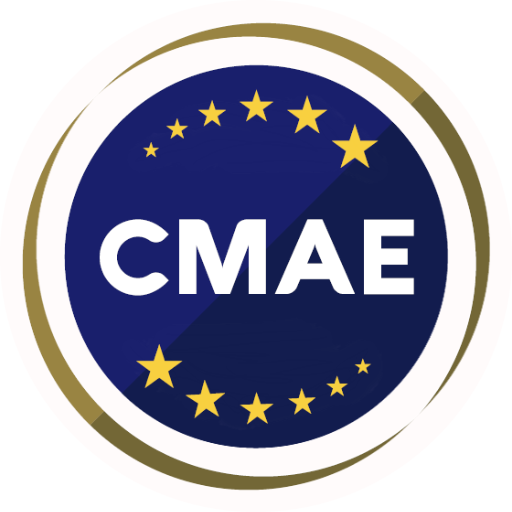Productivity and effectiveness of board meetings largely decide the long-term success and satisfaction of a club and membership. A well-thought-out agenda is the basis on which effective board meetings are built so that crucial aspects of leading a club never take a backseat. The following paragraphs highlight the most important aspects of a successful board meeting agenda, in the interest of enhancing decision-making and strategic guidance for member clubs.
Laying the Foundation
Every successful club board meeting begins with calling the meeting to order in a proper manner, and then the reading of the previous minutes diligently. This step supports continuity and responsibility, where matters discussed before are followed up. The General Manager’s report comes next, which presents the board members with a clear picture of current club operations, members’ complaints, and issues that must be attended to in good time.
Fiduciary Responsibility
A particular item on the agenda for financial management, for instance, debates on annual accounts, budgetary constraints, and reports by auditors, ensures the board’s obligation to guard members’ interests. Such financial discussions need to be structured to provide context on the financial health of the club, application of membership fees, and compliance with relevant rules.
Talent Management
The performance of any member club depends on its staff. Excellent boards dedicate agenda time to talent strategy, checking employee NPS scores, and setting clearly defined talent objectives related to retention and engagement. This enables the board to ascertain the level of service, make decisions regarding any possible training needs, and ensure that the club possesses the human capital needed to deliver exceptional member experiences.
Strategic Direction
Governance of strategy is the most significant function of any club board. A complete agenda has balanced scorecard reviews, looking at capital, operating, and membership KPIs. This systematic approach to monitoring allows for tracking the trends in member usage patterns, predicting problems with facilities, and making timely course corrections where necessary.
Competitive analysis also provides useful context for making strategic choices. Periodic discussion on the part of the board of directors of the position of the club relative to membership recruitment and placement relative to other clubs in the area, upgrading of facilities, and related real estate trends within residential club communities is advised. Such discussions allow the club to remain appealing to current and prospective members and respond to changes in the preferences and expectations of members.
Risk Management
Active risk management oversight is needed for good governance. Business and employee risk assessments need to be put on club board agendas so directors can consider new threats and determine whether existing mitigation methods are adequate. The discussion needs to extend beyond operations risks addressing regulatory compliance, reputation, and strategic risks that could impact club sustainability and member satisfaction.
Board Education
Continuous learning and development are hallmarks of high-performing club boards. Board education agenda topics like peer club visits, best practice reviews, and learning outcomes recognize the necessity to inform directors about industry trends and governance innovations. Board self-assessments, new member orientation training, and regular governance refresher training allow director competence and engagement in club activities to be maintained.
Capital Planning
Segments of the agenda dealing with investment choices should include deferred maintenance needs, facilities upgrades, and expected investment returns. A well-defined capital policy, periodically revised, provides a foundation for good decision-making with the ability to maintain existing facilities and explore new opportunities for club enhancement.
Succession Planning
Governance succession consists of formal board renewal and succession plans. Agenda items will include nominating committee deliberations, assessing onboarding programs, and assignment of committee involvement. Continuous thinking about board member attributes and performance helps provide a board of varied expertise and opinions representing the larger membership.
Innovation
Innovative club boards carve out space on their calendars for vision planning. Periodic creative brainstorming, coupled with systematic debate regarding new club programmes, expansion of membership value, and visionary ideas for expansion, keeps the club relevant and attuned to changing member needs. There has to be a balance drawn between tradition and innovation to preserve club timeliness.
By addressing these areas of influence, club boards can maximize their role in the provision of exceptional member experiences while fulfilling their fiduciary responsibilities.
Forward-thinking club boards regularly revise and re-invent board meeting agendas so that they remain centred on shifting member concerns and governance best practices. Through well-structured meeting agendas combined with meeting discipline, boards can leverage their performance to shift from administrative to strategic leadership, leading to enhanced club value and member satisfaction.
Contributed by Michael Herd, Head of International Search & Consulting at KOPPLIN KUEBLER & WALLACE. Michael can be reached at [email protected] or www.kkandw.com/international


